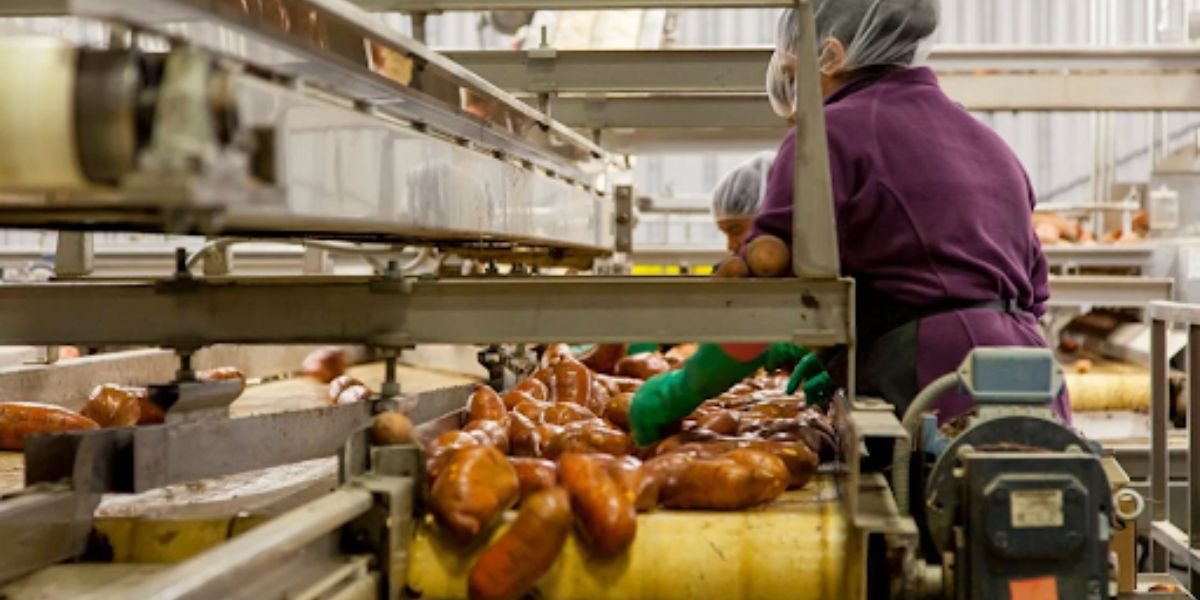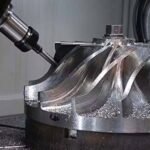We have surgical robots and self-driving cars. However, the world continues to use 200-year-old technology to move 15 billion tons of materials.
Belt conveyors are straightforward. Moving belts are used to move objects from one location to another. It’s nothing special.
However, simplicity is effective. Mines move mountains of ore. Farms transport thousands of tons of grain. Raw materials are moved throughout the day by factories.
These sectors experimented with more recent approaches. Many returned to using belt conveyors. Why? They are almost impossible to break, dependable, and inexpensive to operate.
Here are some reasons why bulk material handling still requires belt conveyors.
What Belt Conveyors Do
One thing that belt conveyors excel at is moving massive volumes of material continuously for industries.
Trains and trucks operate in batches. Drive somewhere, load up, unload, and repeat. Delays and gaps result from that.
Conveyors never stop moving. Power plants are continuously fed coal. Ships load grain steadily. My rock is constantly in motion.
This revolution began 200 years ago with steam-powered versions. Modern belt conveyors are powered by electricity and have intelligent controls. From crushing rocks to handling delicate cookies, they do it all.
Why They Outperform All Other Options
Belt conveyors outperform other systems by performing multiple tasks more effectively at once. Here’s what they do:
1. They Move Mountains Quickly
The greatest benefit? Enormous throughput that never stops. Over many kilometers, a single mining conveyor transports thousands of tons per hour. A steady stream of high-priced trucks would be required to match that output. No bottlenecks in the processes. The content simply flows.
2. Over Time, They Save Money.
Yes, the initial cost of purchasing one is high. However, operating expenses remain low, with less energy than pneumatic systems. Unlike truck fleets, there are no fuel bills. Breakdowns are reduced when there are fewer moving parts.
3. They Handle Everything
Conveyors move boxes, coal, grain, sand, and cement. Size is irrelevant. Shape is irrelevant. It makes no difference to be consistent.
Elements That Make Belt Conveyors Function Better
Engineers design belt conveyors for specialized tasks, so they perform well.
- Make them the size you want. Short ones are suitable for factories. Long ones cover rough terrain for kilometers. Make them narrow for confined spaces or wide for heavy loads.
- You can precisely match other machines with speed controls. When handling delicate objects, slow down. When you’re running late, pick up the pace.
- No issue with steep hills. Trucks would stop cold at angles climbed by special belt surfaces with ridges or high-grip materials.
- They relate to everything. Hoppers automatically feed them. Plows precisely unload them. The entire system functions without human hands coming into contact with the material.
Contemporary belts endure years in challenging environments because they resist tearing and weather damage.
How They Stay Ahead with Modern Technology
The days of belt conveyors are over. Each year, they become more intelligent.
Modern systems anticipate issues before they arise rather than waiting for malfunctions. AI cameras detect belt damage that people overlook. Smart sensors continuously monitor temperature, vibration, and tension.
A study demonstrated how computer vision can detect belt splice failures early.
According to another report, internet-connected sensors can anticipate when rollers will break, allowing repairs to be scheduled during scheduled downtime rather than during emergency shutdowns.
The most recent systems automatically modify speed in response to material load. Hefty loads? The belt accelerates. Light loads? It saves electricity by slowing down.
Improved safety measures and emergency stops protect employees. Your grandfather’s conveyors are no longer in use.
Where to Find Them at Work
Belt conveyors are used everywhere bulk materials are moved.
- Mines use giant ones that span mountains to transport coal and ore from excavation sites to processing facilities. These systems traverse terrain that would be difficult for a truck to handle.
- They are essential to farms because they transport grain from storage to trains and ships for export. Without them, the harvest would come to a complete halt.
- Smaller versions are used for cement, sand, and gravel construction sites. Otherwise, concrete plants could not function effectively.
- Recycling facilities use conveyor systems to sort millions of tons of materials. These belts process metal, glass, plastic, and paper.
What These Workhorses Will Do Next
The future of belt conveyors is bright.
Systems of the future will communicate with other machines autonomously. The loading hopper will receive signals from your conveyor about when to increase or decrease speed. Whole production lines will operate on their own.
Demand continues to rise as more farms, roads, and mines are constructed in developing nations. All that needs to be moved.
Innovation is also fueled by going green. Conveyors will harness the energy of downhill runs. Recycled materials will be used to make belts. Motors will consume less energy and run more quietly. The 200-year-old design continues to improve.
Conclusion
Due to their effectiveness, belt conveyors have endured for 200 years. They transport enormous volumes of material economically and dependably.
Better materials and intelligent sensors are used in more recent models, but the fundamental concept remains the same. When lives and profits are at stake, simplicity is preferable to complexity.
Don’t overthink it when more sophisticated systems malfunction; belt conveyors take over. Select dependable technology.
















